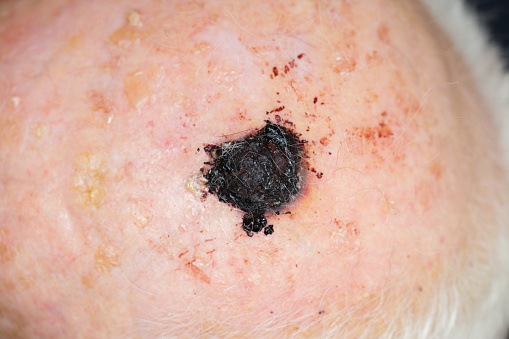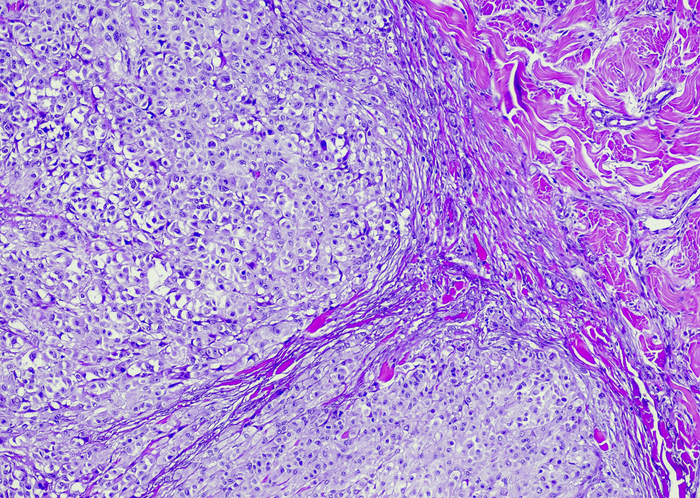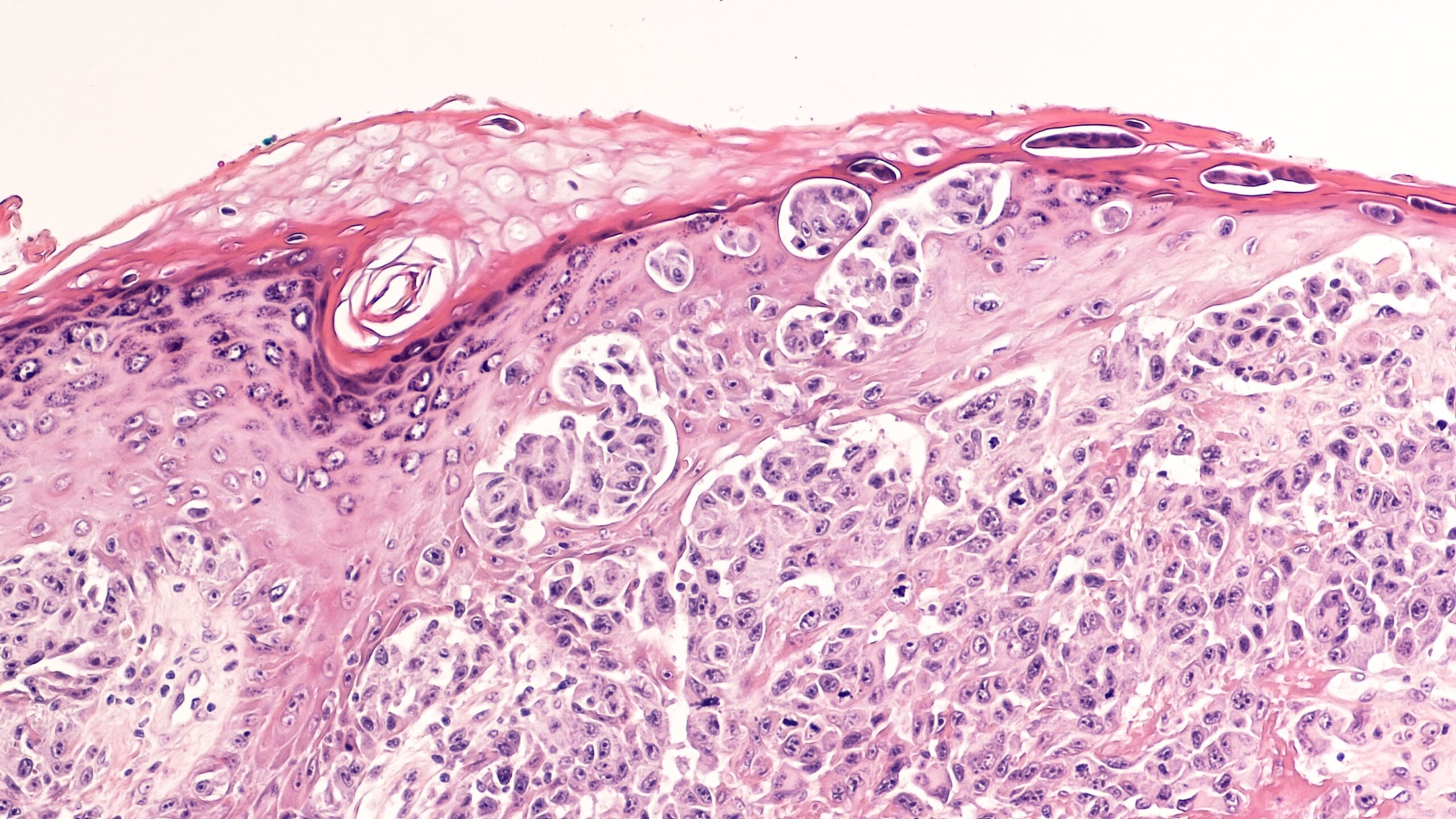
Researchers have presented a new, quantitative technique that uses DNA sequencing to accurately predicts the recurrence and spread of melanoma. The findings were published in Nature Cancer.
“As recently as 10 years ago the outlook for metastatic melanoma was dismal, but we now have treatments to offer patients with metastatic disease and may also be able to apply these treatments when primary disease hasn’t metastasized,” explained corresponding author Thomas Kupper, MD, chair of the Department of Dermatology at the Brigham in a press release about the study. “Because of the advent of these new immunotherapy treatments, it’s important to have a clear idea of which patients are likely to progress so that we can tailor treatment accordingly.”
The researchers sought to determine if certain measurable features of T cells could predict melanoma recurrence in patients whose primary cancer had been removed and were free of disease. The team studied more than 300 samples from patients across multiple sites and compared the samples from patients whose primary melanoma progressed to metastatic disease to patients whose primary melanoma did not. They used high-throughput DNA sequencing to assess T cell repertoire of the tumors.
Subsequently, the researchers found that of all variables identified, the T-cell fraction (TCFr; or proportion of cells in the lesion that were T cells) was a powerful, independent predictor of which patients would progress.
Moreover, even for patients whose lesion thickness (T) was the same, TCFr was able to predict which patients were more likely to have metastatic disease. Patients with a TCFr of lower than 20 percent were more at risk of disease progression than patients with a TCFr of higher than 20 percent. For example, for patients with T3 melanoma (2-4mm thickness), five years after having their primary lesion removed, 51 percent of those with lower TCFr experienced recurrence, compared to 24 percent with higher TCFr.
New technique predicts which #melanoma #patients are at risk for cancer recurrence, spread @brighamwomens @naturecancer https://t.co/eNh1VFqTgg
— Medical Xpress (@medical_xpress) January 20, 2020
“This is a simple, elegant test. It’s quantitative rather than subjective, and it may be able to add value to predictions about disease progression,” continued Kupper. “In the future, such a test could help us tailor treatment; patients with high TCFr may further benefit from checkpoint inhibitor therapy, while low TCFr patients may need additional intervention.”
New technique predicts which melanoma patients are at risk for cancer recurrence, spread https://t.co/7ILR6TTugm via @instapaper
— James Igoe (@JamesJosephIgoe) January 20, 2020
New post (New technique predicts which melanoma patients are at risk for cancer recurrence, spread) has been published on Oncology News Australia – https://t.co/QO7OBlEx3W pic.twitter.com/XTsXIgfWJf
— Oncology News Australia (@OncologyNewsAus) January 21, 2020







 © 2025 Mashup Media, LLC, a Formedics Property. All Rights Reserved.
© 2025 Mashup Media, LLC, a Formedics Property. All Rights Reserved.